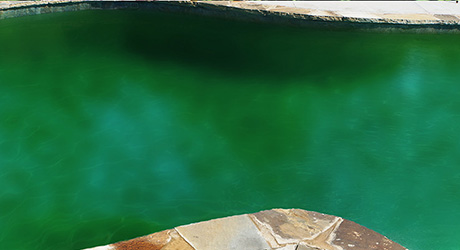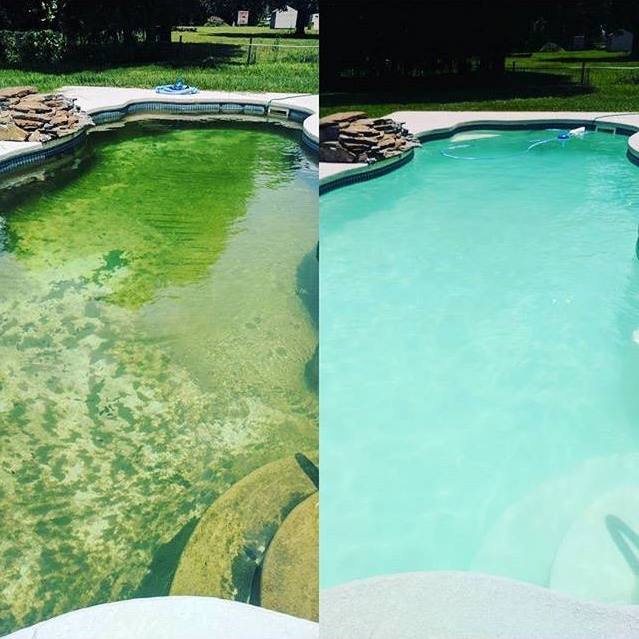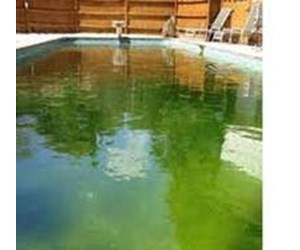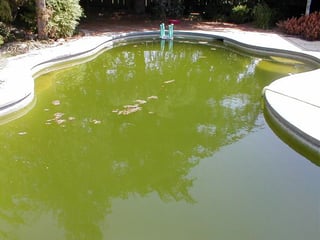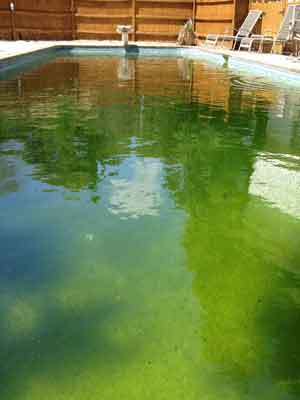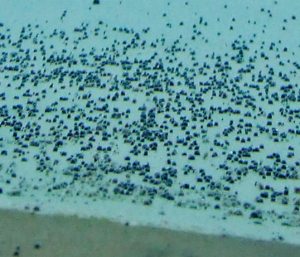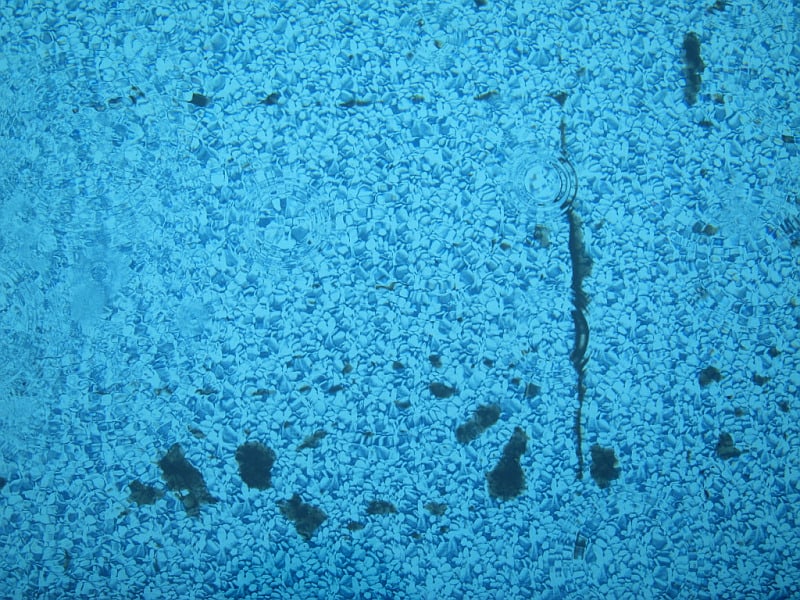Most pool owners will never experience blooms while others have to deal with the problem repeatedly and if you find that you are constantly battling algae we ll help you get rid of it once and for all.
Green algae in pool keeps coming back.
When you can t get algae to take an extended summer vacation and green or yellow algae always comes back to your pool 2 3 or more times per season it can seem like a never ending cycle.
Black algae is one of the toughest strains of pool algae to kill.
Green algae floats in the water making it cloudy and giving it a greenish tinge.
I like to call it recurrent algae outbreaks a fancy way of saying pool algae that keeps coming back.
Algae can form for a number of different reasons and the frustration can be compounded when the algae keeps coming back.
The most common and easiest algae problem to kill is chlorophyta which gets its color from chlorophyll.
It spreads more slowly than green algae but is more resistant to brushing and super chlorination.
Slimy green algae also attaches itself to your pool walls and floor.
The guide below will help you effectively remove mustard algae from your pool.
Let the chlorine work overnight then test the ph levels of the pool in the morning to see if the ph is back to normal.
Brushing the affected area will help in the treatment process.
Similar to mustard algae black algae can also thrive in your pool filter.
Often we find the return s of the pool where water reenters the pool from the filter system directed towards the surface of the pool this is done to help the skimmers collect debris or just to give the pool water a moving effect.
In this article we ll touch on all three diving into no pun intended what causes them how to prevent them and what you can do to stop the issue from coming back.
To eliminate and prevent green algae in a swimming pool start by adding an extra dose of chlorine to your pool to shock the algae and stop the bloom.
How to remove black algae.
Often found in ponds black algae is the most difficult type of algae to remove from your pool and appears.
Mustard algae can be identified by its brownish yellow tint.
Often appearing as black spots it will securely adhere to the pool surface and form a protective outer layer.


